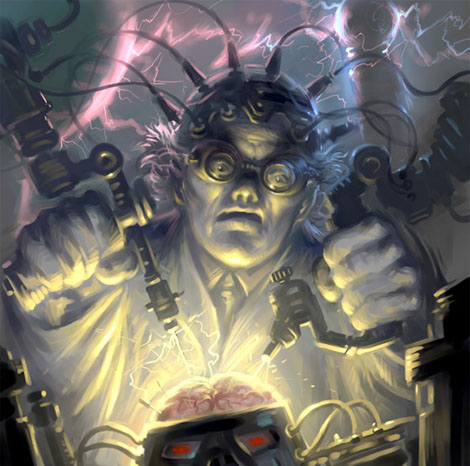Chapter 9(PP 114-125)
Starts off
talking about Roger Chillingworth… “The Leech”, perfect name for this man! “to
vanish out of life as completely as if he indeed lay at the bottom of the
ocean,” Haha, where he belongs!! I never said that… Apparently Chillingworth is
the creator of the Elixir of Life. I wonder if he ever used it on himself. Now I
see him as a mad scientist at the age of 252. 

Towards the end it’s expressed that R.C. is either Satan or
an emissary of Satan. I assumed this chapter was going to talk about
Chillingworth’s past life differently. Due to the book only talking about how
he is a bad guy, I was prepared to feel bad for the man. But, no! Now I’m more
afraid of him than angry at him.
Chapter 10
The first sentence made me think that
Hawthorne was
going to show the good side of Chillingworth. There is no good side apparently.
“Old Roger Chillingworth, throughout life, had been calm in temperament, kindly
though not of warm affections, but ever, and in all his relations with the
world, a pure and upright man. (P 125) The way Hawthorne worded R.C.’s actions made it sound
sinister. “He now dug into the poor clergyman’s heart like a miner searching
for gold;” (P 125) However, R.C. was just in search of the clergyman’s soul.
“Yet some
men bury their secrets thus,” (P 128, Chillingworth) Now comparing him to the “Minister’s
Black Veil”. I see that R.C. and the main character in the short story have
similarities. Both of them are mysterious and dark. They both also believe that
the Puritan people have something to say about everyone else, yet have their
own skeleton trapped in the closet. No one embraces their wrongdoings.
Hester and Pearl are soon brought up
in this chapter. I feel as though Pearl
is Hester’s guardian angel. Pearl
arranges the prickly burrs along the lines of the scarlet letter. Knowing that
these weeds have a touch texture, I begin to reread that section of the chapter
and thing of the significance between Pearl ’s
actions. Thinking about it, I came up with the idea that Pearl placed the painful weeds upon the “A”
symbolizing her mother’s pain. Hester goes through so much pain and ridicule every
day and wears the “A” with pride. She never complains and she has her head high
at all times. This is the reason why she doesn’t remove the weeds from her
bosom.
Going back
to Chapter 8 when I thought Rev. Dimmesdale was Pearl ’s father, now I think he is too afraid
of R.C. to do such shame. However, no one knows that Chillingworth is Hester’s
husband. Then again, I feel like Dimmesdale is the father because when he left
R.C.’s presence, Chillingworth stated, “But see, now, how passion takes hold
upon this man, and hurrieth him out of himself! As with one passion, so with
another! He hath done a wild thing ere now, this pious Master Dimmesdale, in
the hot passion of his heart!” (P 133)

